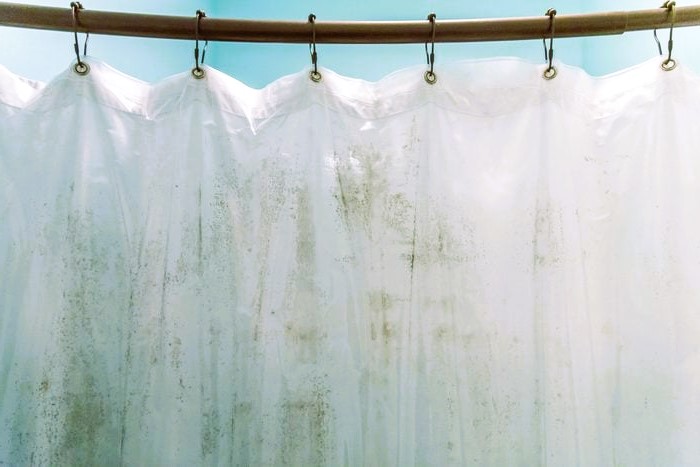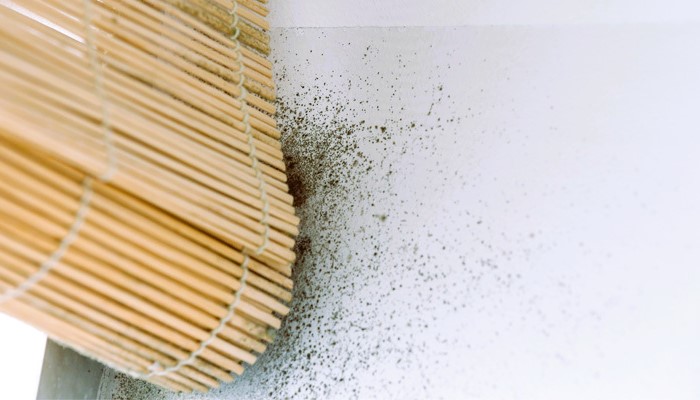Maintaining a clean and healthy indoor environment involves vigilant monitoring for potential issues, and mold is one of the common culprits that can affect the air quality of your living spaces. Mold growth on window curtains and blinds is not only unsightly but can also pose health risks. In this guide, we will explore how to spot mold on window treatments, understand the causes of mold growth, and implement effective cleaning strategies to ensure a mold-free and clean living space.
Identifying Mold on Window Curtains and Blinds:
Mold growth often occurs in damp and humid conditions, making window curtains and blinds susceptible, especially in areas with poor ventilation. Here are signs to look for when identifying mold on window treatments:
- Discoloration: Mold often appears as dark or fuzzy spots on surfaces. Discoloration, especially shades of green, black, or brown, can indicate the presence of mold.
- Musty Odor: A musty or earthy smell emanating from window curtains or blinds is a strong indicator of mold growth. This odor is caused by the volatile organic compounds (VOCs) released by mold.
- Visible Mold Spores: In advanced stages of mold growth, visible mold spores may form on the surface of curtains or blinds. These spores can be observed as tiny black dots or specks.
- Deterioration of Fabric: Mold can cause fabric deterioration, weakening the fibers and causing them to break down. If curtains or blinds show signs of structural damage, mold may be the culprit.
Common Causes of Mold on Window Treatments:
Understanding the causes of mold growth on window curtains and blinds is crucial for effective prevention. Common contributing factors include:
- High Humidity: Areas with high humidity levels, such as bathrooms and kitchens, provide an ideal environment for mold growth. Condensation on windows can contribute to moisture accumulation.
- Poor Ventilation: Inadequate ventilation prevents proper air circulation, allowing moisture to linger and create conditions conducive to mold growth.
- Water Leaks: Leaks from windows or roofs can introduce water into the indoor environment, creating a moisture-rich habitat for mold.
- Damp Fabrics: Fabrics that remain consistently damp, whether due to spills or lack of drying, become a breeding ground for mold.

Cleaning Strategies for Mold Removal:
Once mold is identified on window curtains or blinds, prompt and thorough cleaning is essential. Here are effective strategies for mold removal:
- Isolation: Begin by isolating the affected window treatments to prevent the spread of mold spores to other areas. Remove curtains or blinds carefully and place them in a designated cleaning space.
- Brushing or Vacuuming: Use a soft brush or vacuum cleaner with a HEPA filter to remove loose mold spores from the surface of curtains or blinds. This initial step helps minimize the spread of spores during cleaning. We assessed the effectiveness of UV radiation for disinfecting COVID-19, more details in the article.
- Spot Cleaning: Prepare a cleaning solution by mixing mild detergent or soap with water. Test the solution on a small, inconspicuous area first to ensure it does not damage the fabric. Gently scrub the affected areas with a soft brush or cloth.
- Baking Soda or Vinegar: Baking soda and white vinegar are natural antifungal agents. Sprinkle baking soda on the affected areas or spray a mixture of vinegar and water. Allow it to sit for some time before scrubbing and rinsing.
- Sun Drying: Sunlight is a natural mold inhibitor. After cleaning, allow the window treatments to dry in direct sunlight. Sun exposure helps kill remaining mold spores and prevents future growth.
- Preventive Measures: Address the root causes of mold growth by improving ventilation, fixing leaks, and reducing indoor humidity. Consider using moisture-absorbing materials in the vicinity of windows.
For comprehensive information on mold prevention and cleaning standards, refer to reputable sources such as Wikipedia for general knowledge.
Spotting mold on window curtains and blinds is an important step in maintaining a clean and healthy indoor environment. By promptly identifying and addressing mold growth, you can prevent potential health risks associated with mold exposure. Regular cleaning, effective ventilation, and addressing moisture issues are key components of a proactive approach to mold prevention. By adhering to established standards and guidelines, individuals can ensure that their living spaces remain mold-free, promoting a clean and healthy home.


